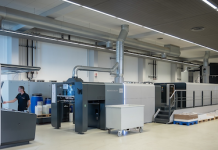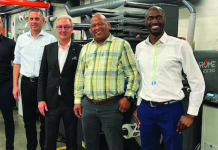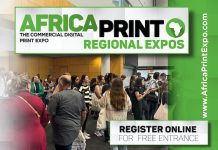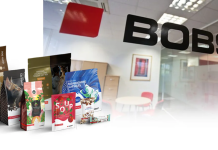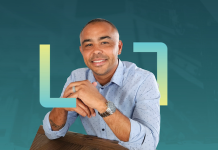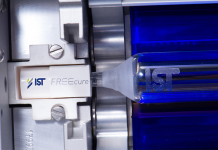Highcon announced a new dimension in finishing with a portfolio of products, from entry level to top of the line production capability, all based on Highcon’s core cutting and creasing technology.
Existing customers, potential customers, press and analysts attended the pre-drupa event in Yavne, Israel on 21 March 2016, where they saw the first demonstration of the new products delivering the benefits of digital cutting and creasing to new markets.
Highcon customers all over the world have been supplying the constantly growing requirements of hundreds of brands by leveraging digital finishing capabilities for a wide range of applications. As the result of the lessons learned from these customers, at drupa 2016, Highcon will showcase an entire portfolio of digital solutions whose key focus is on enabling an even wider range of applications that address the needs of packaging and printing companies.
The Highcon Beam digital cutting and creasing for mainstream production extends the digital finishing revolution to mainstream production. With a speed of up to 5000 sheets per hour, this breakthrough machine was developed as a robust solution to the challenges facing folding carton converters and print service providers.
The Highcon Pulse brings the digital post-print revolution to print service providers and converters with a seamless integration into existing B2/29 in. sheet size workflows. Highcon’s digital cutting and creasing technology enables an in-house controlled digital system that delivers improved responsiveness, design flexibility and entry into a wide range of applications in numerous markets.
The Highcon Euclid III addresses today’s operational challenges and answers tomorrow’s growth needs by opening the door to countless new opportunities in high value applications and markets; from packaging and commercial print applications to Web-to-Pack and even 3D modelling.
The 3D optional module with Highcon’s Rapid Layer Manufacturing technology offers customers a wide range of capabilities with disruptive speed, size and costs that unleash the power of paper. 3D models are created based on any type of substrate, including recycled board and even used offset make-ready sheets.



